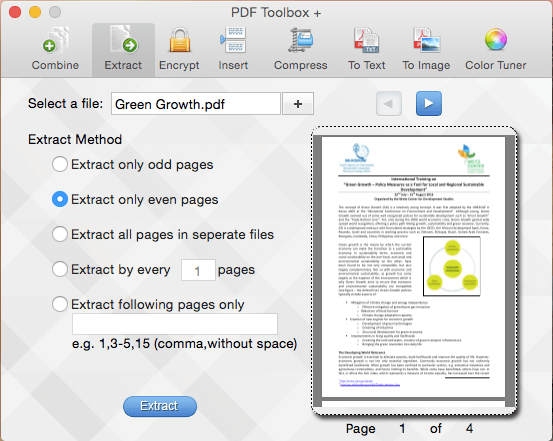
Proposals for the DSM- 5 have attempted to remedy some of these deficiencies.

They also link psychotic symptoms with severity of mood episodes, and provide only limited information about the unique characteristics of mood disorders with psychosis or catatonia. Existing classifications have accorded the status of specifiers/subtypes to psychotic and catatonic symptoms of mood disorders. Catatonia also appears to have a distinct profile, and is more commonly associated with mood disorders than with schizophrenia. Current research evidence indicates that not only are psychotic symptoms quite common in mood disorders, but they are often associated with poorer prognosis, though not invariably so. If you are a member of the University of Surrey and would like us to publish an Open Research case study, please read our Open Research case study author guidelines (PDF) to find out how.It is debatable whether psychotic and catatonic forms of mood disorders represent distinct categories meriting independent status, or are merely more severe variants of these disorders. Contactĭanuta Sampson, a visiting research fellow in the School of Biosciences and Medicine, FHMS: Sampson, “OCTAVA: an open-source toolbox for quantitative analysis of optical coherence tomography angiography images” PlosOne 16(12), 1-22, 2021. Sampson, “Towards standardizing retinal optical coherence tomography angiography: A review” Light: Science & Applications 11(63), 1-22, 2022. Such large data sets will enable defining the most sensitive biomarkers to distinguish between health and vascular disease. This would enable building large cross-institution normative databases of the microvascular system in health and disease.
PDF TOOLBOX CLINICAL SOFTWARE
Making OCTAVA open access means that it can be further validated via international laboratory and clinical research communities and eventually become standardised software for OCTA data analysis. There are no large-scale OCTA datasets yet widely available.
PDF TOOLBOX CLINICAL CODE
All software and source code are open source under the MIT licence.

A compiled MATLAB app or standalone version of the software – for a user without a MATLAB license, is available at Sourceforge or on request. The OCTAVA software is in open repositories to facilitate transparent and efficient collaboration. Quantitative results from various OCTA images showed that OCTAVA can accurately and reproducibly determine metrics for characterization of the microvasculature. We created an integrated MATLAB – ImageJ toolkit (OCTAVA – OCTA Vascular Analyser) with a user-friendly interface for processing and analysis of OCTA images. We validated the optimized software using OCTA images from our own and different commercial and non-commercial instruments and samples.
PDF TOOLBOX CLINICAL SKIN
We used skin OCTA images to develop and optimize a toolbox for OCTA image analysis. Our project aims to remove this barrier by introducing and making publicly available software that enables OCTA image analysis in a transparent, harmonised and ultimately standardised way. This lack of good open science practice has impeded building the large databases of annotated OCTA images of healthy and diseased retinas and skin that are necessary to study and define characteristics of specific conditions. Open data and software sharing, and cross-comparison and pooling of data from different studies are rare. OCTA studies have been performed using many different lab-based and commercial clinical instruments, imaging protocols, data analysis methods, and metrics, often applied inconsistently and only partially reported, resulting in a confusing picture that represents a major barrier to progress in OCTA biomarker discovery. Optical coherence tomography angiography (OCTA) is a non-invasive modality capable of imaging microvasculature in the human retina and in the skin.

Accurate assessment of the microvasculature (the smallest vessels in the human body) could identify biomarkers that lead to a decline in vascular disease mortality.


 0 kommentar(er)
0 kommentar(er)
